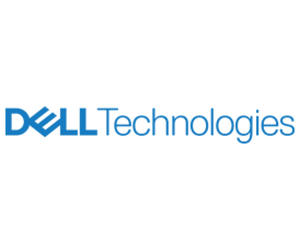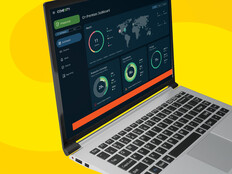DISCOVER: Find out how to design the technology that meets your agency's unique needs.
Edge Brings Computing Power All the Way to Users
The Defense Innovation Unit is exploring edge-based solutions to better analyze and transmit data on the battlefield. The military has sensors all over the world, and many are in motion, like those on Humvees and aircraft or integrated into soldiers’ helmets. To provide a clear picture to Army commanders, all that data needs to be processed much more quickly than current command and control stations can handle. Ideally, the goal is to produce vehicle-mounted nodes as well as aerial units.
“Having those computational cycles close to the end users puts us at a tremendous advantage,” Harris says. “Proximity and delivering on multi-domain command and control is quintessential to victory.”
The Pentagon has already started developing moveable technology as a project within the larger Joint Enterprise Defense Infrastructure cloud project, or JEDI. Together with Microsoft, the DOD is developing a robust tactical data center that can function just about anywhere.
“A tactical data center could be a 50-square-foot, rugged, deployable technology solution that can be put on the ground by vehicle or helicopter to support battle operations,” Harris says. “It works effectively with Internet of Things devices as well as cloud-based applications, allowing the DOD to easily run a multi-command and control operation.”
The setup also provides great flexibility. If and when cloud-based data becomes unavailable, computing processes automatically move to edge environments so users can maintain full visibility of their data and continue operations as normal.
READ MORE: Find out how securing the tactical edge can help operators in the field.
Agility Leads to Cost Savings for Agencies
The versatility of hybrid cloud solutions not only leads to better operational efficiencies, it can lead to significant cost savings.
“Because both cloud and edge computing use software-defined solutions, there’s a lot of automation, and we can help agencies get to the lowest operating cost possible,” Harris explains. “Most agencies can begin to see savings by building on-premises cloud environments with products like VCF on VxRail because they already have the space, the energy requirements and the climate control systems in place. We can repatriate that data center with new technology that is increasingly robust at a lower cost, so agencies should be able to increase their actual service while decreasing costs.”
Edge computing is becoming such a popular solution that even the traditional cloud service providers are beginning to embrace the multicloud environment.
“Most users and providers agree that the best approach is to ensure any edge computing solution is optimized, modernized and orchestrated to make the most of the agency’s mission,” Harris says.
Brought to you by:











